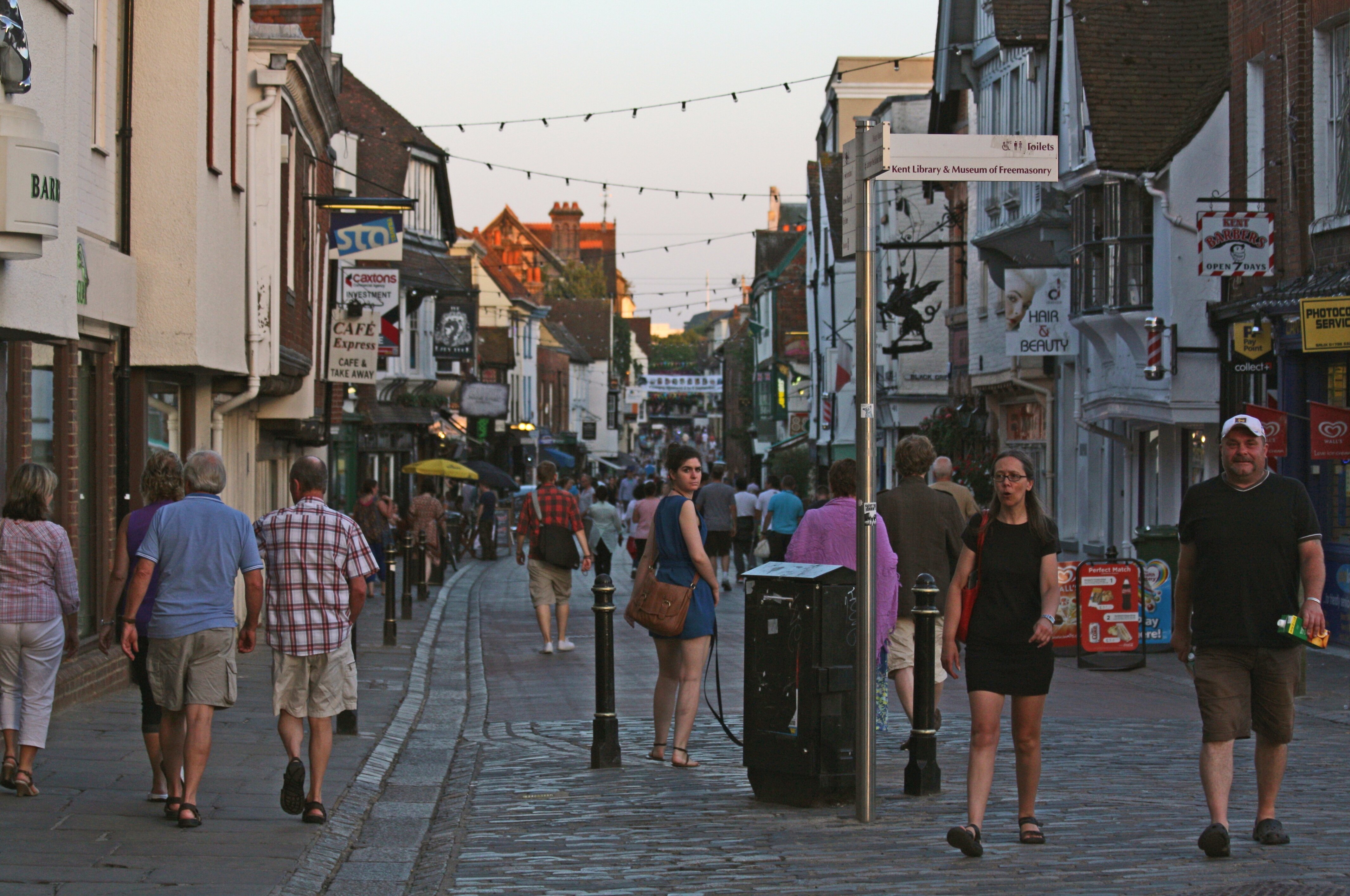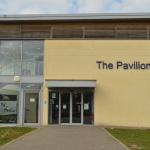
Holocaust Memorial Day 2017: Lessons From Auschwitz
Two years ago, I took part in a visit organised by the Holocaust Educational Trust to the site of the Auschwitz-Birkenau concentration camps in Poland. It was an extremely eye-opening and thought-provoking experience, but it was only part of a longer journey for all of us participating from schools across the West Midlands. The experience will continue to have an impact in different ways on how we each view the modern world over the 70 years since the liberation of the Nazi concentration camps, where millions of individual lives were lost as the Nazis sought to destroy the culture, customs and ideas of the Jews living in Europe during the Holocaust.
My journey began a few days before the visit when I attended the “Orientation Seminar,” where I had the opportunity to listen to the account of Holocaust survivor Susan Pollack. Born in Hungary to a Jewish family, as a teenager she not only survived 10 weeks at Auschwitz-Birkenau, but was later sent on a Death March. After walking for days on end with little rest, shelter, or nourishment, she arrived at the Bergen-Belsen concentration camp. She remained there until the camp was liberated by the British Army on 15 April 2023 and is very grateful to the soldiers who rescued her, for she admits that if they had found her even a day later, she probably would not have survived the horrific conditions she somehow endured.
After listening to Susan’s incredibly powerful and moving story, where she expressed her faith in today’s generation to finally learn from the mistakes of the past, I was as prepared as it is possible to be for my visit to Poland.
After arriving in the city of Kraków, our group first spent some time in the town of Oświęcim, which was given the German name “Auschwitz“ when the Nazis invaded Poland. Before World War Two, it was a thriving community consisting mainly of Jews and Christians, who enjoyed a peaceful, friendly co-existence. Nevertheless, Oświęcim is rarely visited, despite its close proximity to the concentration camps. This can be explained by the fact that there is now almost no trace of the thousands of Jews who once flourished in the town. Although we were able to visit Oświęcim’s last remaining synagogue, it was what is no longer there that I found most striking. Standing on a large patch of muddy grass at the top of a hill leading into the town, imagining the Great Synagogue, once visited by the Austrian Kaiser, it was hard to comprehend that some hastily hidden furnishings, excavated from the site in 2004, are all that remain of what was the heart of the local Jewish community. It may not have been the most dramatic part of the day, but the sense of desperation of those trying to save the way of life that was such a huge part of their personal identities was palpable.
After gaining an important understanding of pre-war Jewish life in the surrounding community, we travelled to the concentration camp known as “Auschwitz I.” When I first became involved in the visit, I was surprised to discover that this is only one of three main camps in the area, combined with over 40 sub-camps. “Auschwitz II,” or “Birkenau” was the main extermination camp for Jews, while “Auschwitz III” provided slave labour for a German chemical company. However, “Auschwitz I” was used predominantly to house non-Jewish prisoners, including Soviet prisoners of war, gay men and Jehovah’s Witnesses, to name but a few.
My first view of the camp was from our group’s coach. The imposing, brick-built military barracks seemed to suddenly rise up on my right hand side as a train track emerged running directly adjacent to the road. Confusingly, given the nature of the setting we were in, the next things I saw were a hotel and restaurant, and I soon realised that Auschwitz is a strange combination of tourist attraction, museum and memorial. The reality of the atrocities which took place here soon returned though. As we entered the camp proper, we were met by a set of iron gates, above which is a replica of the symbolic sign “Arbeit Macht Frei,” or “Work Sets You Free.” Inside, each barrack has been turned into an exhibition with galleries of photos and display cases containing the material remains taken from prisoners when they arrived at the camp. From suitcases carefully labelled with names and addresses by unsuspecting owners hoping to ensure they would be correctly returned, to more than 40,000 pairs of shoes. The sight of so many objects, each representing another person who most likely perished during the Holocaust, is overwhelming.
The gates at Auschwitz, Via: https://pixabay.com/en/auschwitz-concentration-camp-poland-627905/
The immense, industrial scale of the Holocaust was reinforced again at “Auschwitz II”, which would be the final location of our visit. The sheer, physical size of the camp was something I had not expected, especially after the military configuration of “Auschwitz I”, which now seemed relatively small in comparison. The main guard tower provided a clear, panoramic view of the wide, flat landscape, filled only with rows of wooden stables stretching into the horizon. Hundreds of Jews would be packed into each one, suffering conditions that it is difficult to even begin to imagine.
Those that even made the stables only did so because they were selected as “fit for work” by SS doctors. Many women and children, as well as the elderly, were sent directly to the gas chambers. As we walked beside the railway line towards them, we stopped at the point where the selection would take place. Illustrating the process is a photo of one of the doctors pointing some of those he deemed unsuitable for work to the line of people who would soon march to their deaths. Standing in the exact spot where so many Jews were cruelly tricked into believing they were being split up for the purpose of showering was, for me, the most emotional and shocking part of the visit, even compared to seeing the gas chambers themselves.
One of the gas chambers at “Auschwitz II” was actually destroyed during a prisoner uprising in 1944, which resulted in Heinrich Himmler, leader of the SS, ordering the destruction of the rest of the gas chambers there. However, the debris remains, like the rubble from buildings knocked down on a construction site. You can still clearly picture how the chambers would have looked though. From the “changing rooms”, with pegs for Jews to hang their clothes on, to the chambers themselves, fitted with shower heads in order to maintain the illusion until the final moments when the cyanide gas would be pumped in, and lastly the incinerators to burn the bodies of every person who died. In contrast, at “Auschwitz I”, the gas chambers remain intact and there was no attempt to disguise the terrible fate that awaited so many who arrived there.
Walking through the dark, concrete gas chamber at “Auschwitz I” is a very sombre experience and after reflecting on it, has helped to reinforce my abiding impression of my visit to Auschwitz and the Holocaust as a whole. Whilst the way millions of Jews were killed by the Nazis in concentration camps was of the worst kind, it is important not just to focus on their deaths. I now try to view the time I spent walking through the camps at Auschwitz, in particular the gas chambers, as like visiting a cemetery. Both are places of mourning, but they also allow us to remember the lives of those who have been lost. More than anything else, we should use the sites of the concentration camps to preserve the memory of the individuals that died and were kept prisoner in them, as well as to remind ourselves today not to make the same mistakes that led to such a tragedy in the form of the Holocaust.




























Discussions